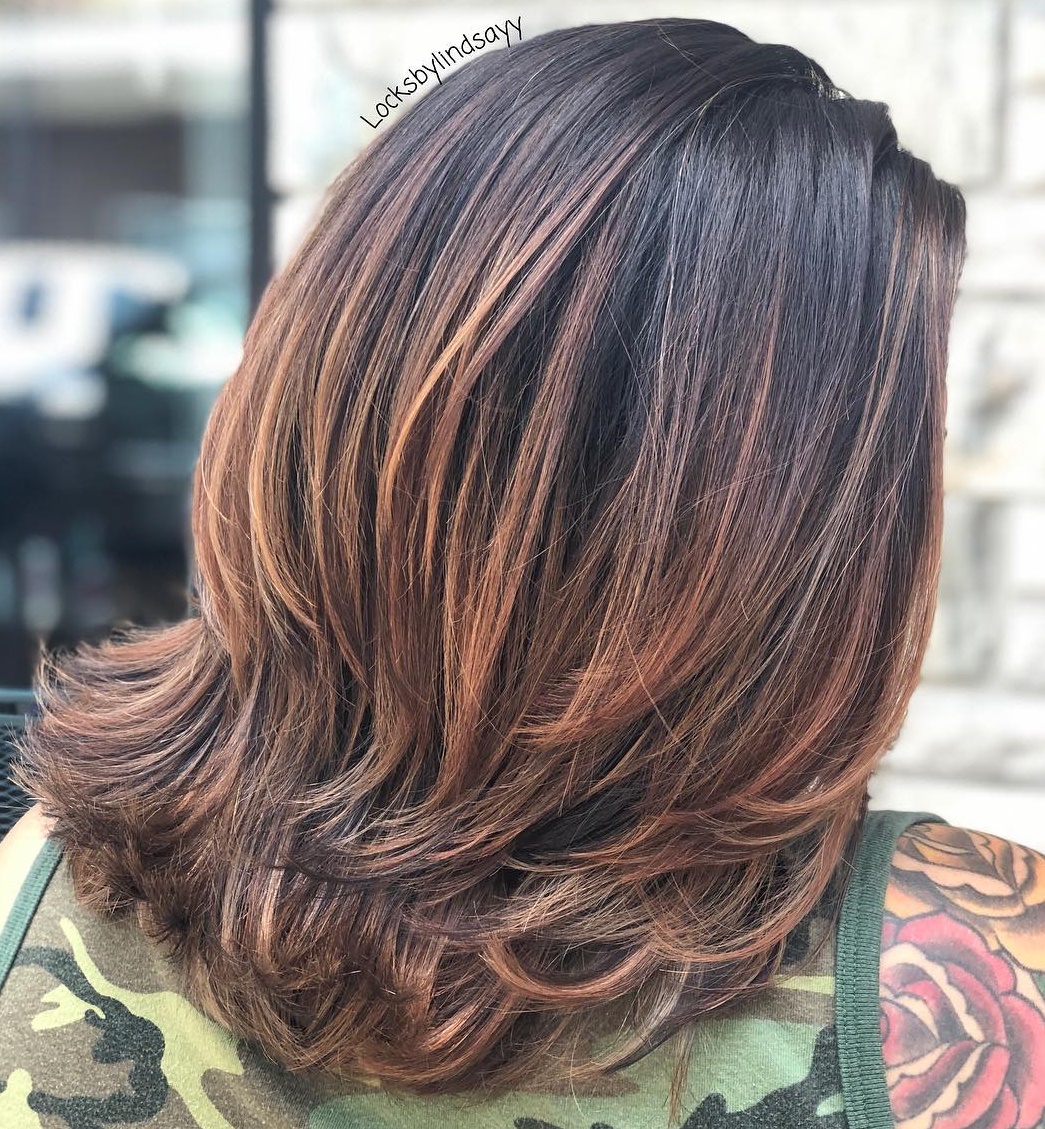Are you an adventurous soul who loves spending time on the water? If so, you may have considered taking up canoeing. Canoeing is a popular outdoor activity that allows you to explore beautiful lakes and rivers while enjoying the tranquility of nature. However, one question that often comes up for beginners is, "How hard is it to flip a canoe?" This post will explore the answer to that question and provide you with some insights into the world of canoeing.
When it comes to canoeing, the fear of flipping over can be a major concern for many people. The thought of being tossed into the water and potentially losing all your belongings can be daunting. Additionally, the idea of having to right the canoe and get back in can seem overwhelming. These pain points can deter people from even attempting to go canoeing. However, with the right knowledge and skills, flipping a canoe can be easily avoided.
Flipping a canoe is not as hard as it may seem. Canoes are designed to be stable and can withstand a fair amount of movement without tipping over. By distributing your weight evenly in the canoe, maintaining proper paddling technique, and being aware of potential hazards, you can greatly reduce the chances of flipping. Additionally, practicing in calm waters and gradually building your skills will give you the confidence needed to navigate more challenging conditions.
Personal Experience
When I first started canoeing, I was apprehensive about the possibility of flipping over. However, with the guidance of an experienced friend, I quickly learned that it is not as difficult as it may seem. We started in calm waters, gradually building up to more challenging conditions. By focusing on proper technique and maintaining a balanced weight distribution, I was able to navigate through various situations without flipping the canoe. It was a rewarding experience that allowed me to fully enjoy the beauty of nature while feeling confident in my abilities.
Understanding Canoe Stability
Canoe stability is a key factor in preventing flips. Canoes are typically designed with either primary stability or secondary stability. Primary stability refers to how stable the canoe is when it is upright and not moving. Canoes with high primary stability are less likely to tip over but may feel less stable when moving quickly or in rough water. On the other hand, canoes with high secondary stability are more stable when moving quickly or in rough water but may feel less stable when stationary. Understanding the stability of your canoe and adjusting your technique accordingly can greatly reduce the chances of flipping.
History and Myth
The history of canoeing dates back thousands of years, with various cultures around the world using canoes for transportation, hunting, and fishing. Over time, myths and legends have emerged about the difficulty of flipping canoes. These stories often exaggerate the challenges and instill fear in those who are new to canoeing. However, it is important to remember that with proper training and practice, flipping a canoe can be easily avoided, and the rewards of canoeing far outweigh the risks.
Hidden Secrets
While flipping a canoe may seem like a daunting task, there are hidden secrets that can help you maintain stability and prevent accidents. One secret is to always keep your center of gravity low. This means sitting or kneeling in the canoe rather than standing. By keeping your weight low, you create a more stable base and reduce the chances of tipping over. Another secret is to use proper paddling technique. By using efficient strokes and coordinating your movements with your partner, you can maintain balance and stability in the canoe.
Recommendations
If you are new to canoeing or have concerns about flipping, it is recommended to take a canoeing course or go on a guided trip with experienced instructors. These professionals can teach you the necessary skills and provide valuable guidance to ensure your safety on the water. Additionally, investing in proper safety equipment, such as life jackets and paddles with good grip, is essential for a safe and enjoyable canoeing experience.
Exploring the Topic Further
For those who want to dive deeper into the topic of flipping canoes, there are many resources available. Books, online forums, and instructional videos can provide valuable insights and tips for maintaining stability in different conditions. Learning from experienced canoeists and practicing in a controlled environment can greatly improve your skills and confidence.
Tips for Flipping a Canoe
While the goal is to avoid flipping a canoe, it is important to be prepared for the possibility. If you do find yourself in a situation where the canoe flips, here are some tips to help you recover:
- Stay calm and assess the situation.
- Hold onto the canoe and any gear that is floating nearby.
- If possible, swim to the nearest shore or shallow water.
- Work together with your partner to right the canoe and get back in.
- Empty any water from the canoe and re-balance the weight distribution.
- Continue paddling with caution and stay aware of potential hazards.
Fun Facts
Did you know that the word "canoe" comes from the Carib word "kenu," meaning dugout? Canoes have been used by indigenous cultures around the world for thousands of years and have played a significant role in transportation and trade. Today, canoeing is a popular recreational activity enjoyed by people of all ages and skill levels.
Conclusion
In conclusion, while the fear of flipping a canoe can be a concern for beginners, it is not as hard as it may seem. By understanding canoe stability, practicing proper technique, and gaining experience, you can greatly reduce the chances of flipping. Taking a canoeing course or going on guided trips with experienced instructors can provide valuable guidance and enhance your skills. With the right knowledge and preparation, canoeing can be a safe and enjoyable activity that allows you to connect with nature and explore beautiful waterways.


No comments:
Post a Comment